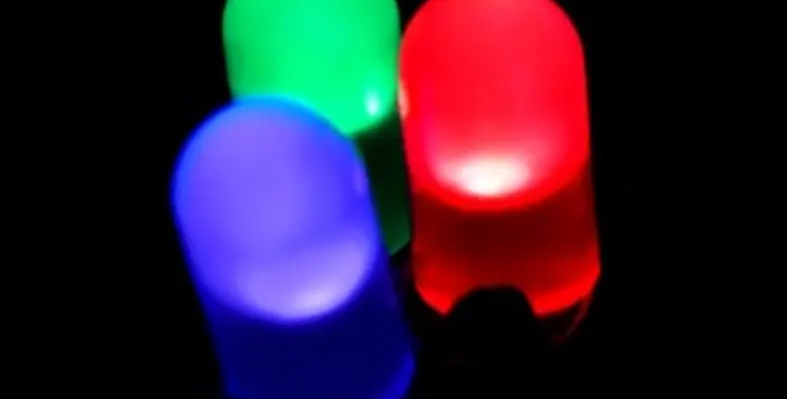City-wide lighting overhauls expected with huge growth opportunities for companies finds Frost & Sullivan?s Energy and Environment team
The Gulf Cooperation Council (GCC) is committed to reducing its carbon footprint and electricity demand through 2025, with clearly established targets in place. One of the easiest demand-side measures that can achieve this goal is to overhaul the lighting within buildings and at a city level, presenting robust market potential for LED in the region.
Various measures are being implemented, like adopting global energy-efficiency standards, imposing additional import tariffs on (and even outright banning) general illumination lamps, and promoting LED lights. Facilitating this evolution is a steady fall in LED product prices and improving performance.
Analysis of the LED Lighting Market in the GCC, Forecast to 2020, recent research from Frost & Sullivan?s Energy & Environment Growth Partnership Service program, examines evolving trends in the LED lighting systems, lamps and luminaires market.
The study explores growth factors and details strategic measures that market participants must take to combat challenges. It also reveals that the GCC LED lighting market will witness a compound annual growth rate (CAGR) of 16.8 per cent between 2015 and 2020 to reach revenues of US$1978.1 mn.
?GCC is forecast to be one of the fastest growing markets. However, it will stay under-addressed unless companies change their vision and aim towards deriving opportunities from the disruptions and innovations that are influencing the value chain of the LED industry,? said Energy & Environment Research Analyst Suganya Rajan. ?As digitalisation of light, connectivity and convergence impact the global LED industry, lighting companies will have to adapt their business models, devise a new market approach, and create more value in order to grow.?
This research service highlights specific growth trends being witnessed in the LED lighting market:
? GCC governments push to phase out inefficient lighting, such as incandescent bulbs or high-intensity discharge street lamps
? Evolution of Organic LEDs (OLEDs) that are considered the future solution for sustainable and energy-efficient lighting
? Investment in research and development of smart and green technology lighting systems to reduce carbon emissions
Frost & Sullivan expects the existing supply chain to be challenged in this transition across areas of R&D, system integration and automation. This presents an opportunity for market growth, as well as for companies that can develop capabilities to deliver tailor-made solutions applicable for large user applications and for city-level solutions. However, local fixture manufacturers will benefit from the increased business that will come their way from global LED light source manufacturers and can leverage their strengths to reach local customers and businesses.
Digitalisation of light in the region is a Mega Trend that will see a surge in adoption in the short term. For example, connected lighting indoor positioning systems are being used to enhance the shopping experience in supermarkets, and light as a service (LaaS) is being offered to reduce electricity consumption. These will become mainstream features across the GCC.
The Kingdom of Saudi Arabia, Qatar, and Kuwait LED markets will witness higher growth in coming years due to mega projects planned in the region, such as Qatar?s hosting of FIFA World Cup 2022. Similarly, Dubai?s outdoor lighting programme for demand side management (DSM) aims to retrofit 75 per cent of lighting systems with LED fixtures across the country?s roads, streets, and parks, with an aim to achieve savings of up to 300 gigawatt hours (GWh) in energy consumption by 2030.
?Large-scale residential projects to meet housing shortages and replace inefficient street lighting in the region will also drive the demand for LED,? observed Rajan.





